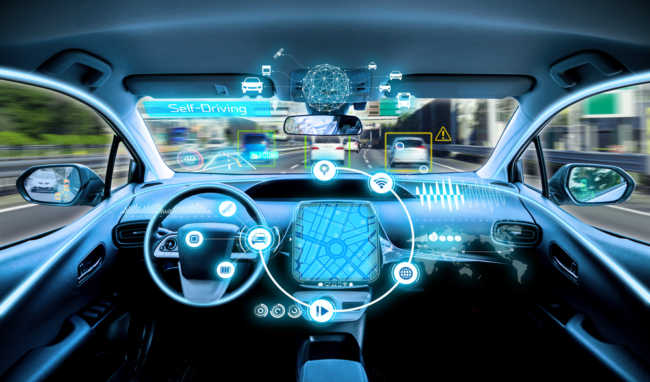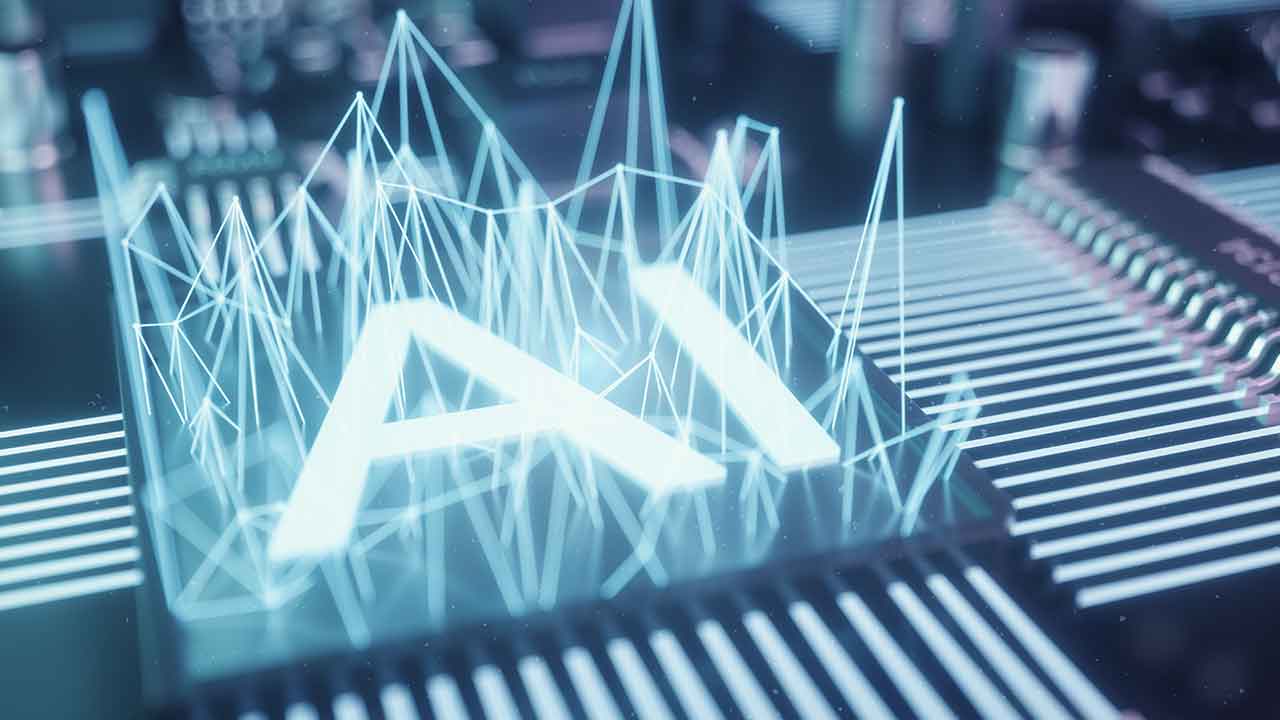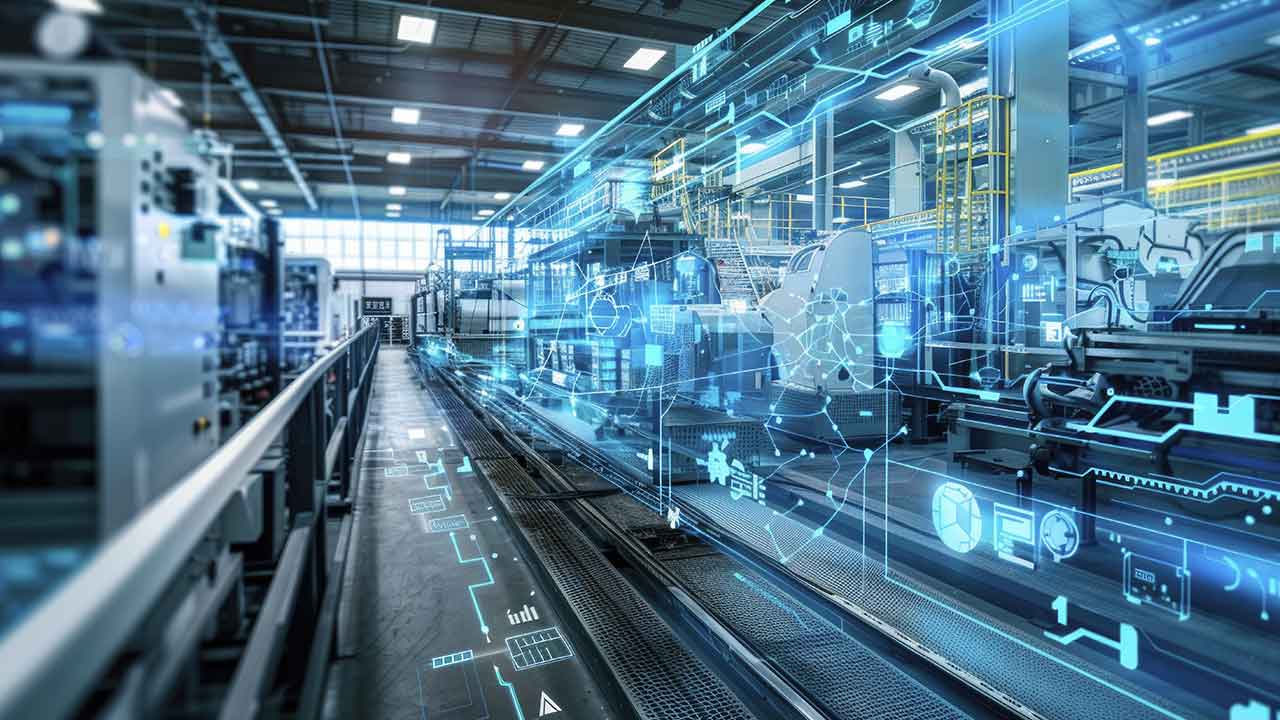IoT – The Future DNA of the Automobile Industry
The Internet of Things empowers digital transformations in tremendous ways and has already established a significant impact on different sectors, including retail, healthcare, construction, agriculture, and tech companies. IoT in the automobile industry plays a phenomenal role, in that it paves the way to a more sophisticated platform with impeccable inbuilt features.
IoT in Various Areas of the Automobile Industry
Volkswagen, one of the pioneers in the automobile industry, stated, “Vehicles now rely on electronics and software. By 2020, 50% of a vehicle’s value will come from car software.”BMW is the forerunner in successfully implementing connected cars. Several areas of the automotive industry already reap the benefits of this powerful technology. Here are some examples of IoT applications that are creating a viral buzz among giant industries.
Examples of IoT applications in the automobile industry
Connected Vehicles
Business intelligence analytical tools have predicted that connected cars may yield a whopping revenue of around 3.1 trillion dollars by 2020. Automobile giants like Daimler and GE have already jumped on the bandwagon of hands-on experience with these wireless vehicles. Whether stranded in the middle of a snowy highway or running out of gas in the late hours of the night, one can be rest assured that these connected vehicles will provide several life-saving features. While operating connected vehicles, one can drive with more confidence, making informed decisions with real-time facts of driving conditions and vehicle safety.
Driverless Cars
Automobile techies like General Motors believe that driverless cars will ultimately yield to very big business in the near future. GM plans to release their version of an autonomous car next year, while another company in the automobile industry, AUDI, in collaboration with Nvidia, is planning its launch by 2020. AUDI and Nvidia are working on a ‘Level4’ capability which develops a non-human supervised car model. The prototype of this highly automated car is based on AUDI’s Q7 car model, and it may be noted that Nvidia introduced the first automated car, DrivePX, prior to Xavier.
V2X Integration Function
V2X technology is a cumulative term used to represent both Vehicle to Vehicle (V2V) and Vehicle Infrastructure Integration (VII) systems that allow communication between cars by way of various sensors that are built in through wearables, portable devices, and centralized devices. An effective communicative channel is established between vehicles, and thus they rely on each other. The Vehicle to Vehicle communication system uses a dedicated short-range communication system (DSRC), through which various data, including location, direction, and speed, are exchanged effectively.
These V2X technologies provide distinctive safety application features, including:
- A warning to drivers about upcoming road congestion, accidents, or any kind of protests
- Assistance while merging onto highway roads
- Speed management
- Railroad crossing safety precautions
- Prioritizing emergency vehicles
Fleet Management
Everyone has run out of gas in the middle of a long highway or bumped into reserve mode at one point in time. Fleet management facilitates easy tracking of one’s petrol level, collecting in-vehicle and in-cloud data, vehicle sensors, and vehicle location. IoT encourages a complete data collection of an end to end fleet management system.
Vehicle Telematics
Through vehicle telematics, black box assistance for road transportation has become a reality, wherein crash-resistant duplex black boxes facilitate navigation, security, safety, and streamlined communications like never before. Vehicle telematics provides a technology which has great potential to harness the automobile industry in the near future.
Predictive Maintenance and Safety
The internal parts of vehicle maintenance, such as engine safety, data transmitters, hardware, and other control units, are taken care of by integrating powerful software development kits (SDKs)into the vehicle successfully. This ensures to give personalized safety precautions, like automatic scheduling of periodic vehicle maintenance, seat belt usage warnings, monitoring of vehicle health, anti-sleepiness alert systems, and in-lane position controls. With these technologies, you can be rest assured that you will be safe throughout your time behind the wheel.
IoT in the Automobile Industry – Bottom Line
In today’s fast-paced world, mere technology is insufficient; we need smarter technologieswith the perfect mixture of Artificial Intelligenceand IoT, an inevitability for Generation Z. IoT tactfully blends with top-notch technologies, such as vehicle telematics, predictive analysis, driverless cars, and connected cars seamlessly, with more innovative creations expected to come in the future. Get ready for a digital transformation that not only makes our lives easier but also benefits large enterprises in leading the way to great expectations. IoT is undoubtedly a trendsetter in the automobile industry.
FAQs about IoT in Automobile Industry
What is IoT in the automotive industry?
IoT in the automotive industry refers to the integration of internet-connected devices and sensors in vehicles to enhance functionality, safety, and user experience. This enables cars to communicate with each other, with infrastructure, and with external platforms.
How can IoT benefit the automotive industry?
IoT brings numerous benefits to the automotive industry, including improved safety through advanced driver-assistance systems, enhanced vehicle diagnostics for proactive maintenance, efficient traffic management, and personalized in-car experiences for users.
What are examples of IoT devices in cars?
Examples of IoT devices in cars include advanced driver-assistance systems (ADAS), tire pressure monitoring systems (TPMS), vehicle tracking and GPS systems, connected infotainment systems, and in-car Wi-Fi capabilities.
How IoT technology is changing the automotive industry?
IoT technology is revolutionizing the automotive industry by enabling vehicles to collect and exchange real-time data. This leads to advancements in autonomous driving, predictive maintenance, enhanced safety features, and the development of intelligent transportation systems.
What is the conclusion of IoT in the automotive industry?
The integration of IoT in the automotive industry is leading to a new era of connected and intelligent vehicles. This technology is poised to improve safety, efficiency, and user experiences, ultimately shaping the future of transportation.
![]() This article was written by Dinesh Soundararajan, the co-founder and director of IIoT Solutions at Contus. His work experience spans spearheading tech product engineering, solution deliveries, and quality assurance grounded in SMAC technologies.
This article was written by Dinesh Soundararajan, the co-founder and director of IIoT Solutions at Contus. His work experience spans spearheading tech product engineering, solution deliveries, and quality assurance grounded in SMAC technologies.
Before publishing, this article was edited by IIoT World team.



